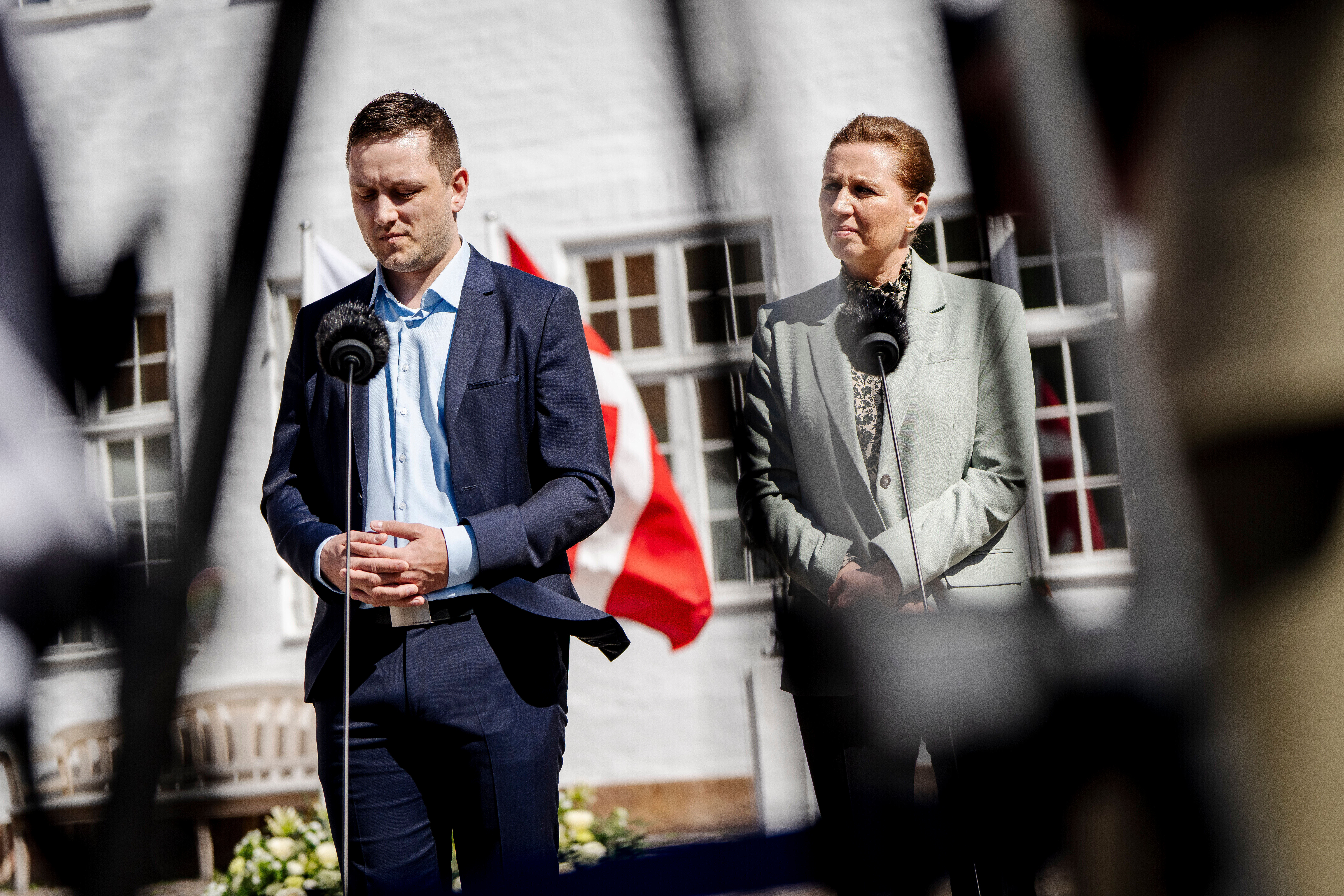A new study shows many of the early patients diagnosed with coronavirus, also known as COVID-19, first contracted the disease in the hospital. Experts say this could help us fill important gaps in what we know about the virus.
Here’s the gist of the findings: more than 40 percent of the earliest-diagnosed patients at one hospital in Wuhan, China, are thought to have picked up COVID-19 through something called nosocomial transmission, or hospital-acquired infection. Other patients may have had it, hospital staff may have spread it, or patients may have touched contaminated equipment. A range of diseases can get around this way, including measles, tuberculosis, the flu, as well as other coronaviruses such as SARS and MERS.
"Hospitals can serve as an amplification point for diseases, and also it can be a major risk for health care workers. That's why it's crucially important to identify infections early, structure care to minimize the risk to health care workers and to other patients understand the spread of disease in hospitals and do everything possible to protect both health care workers and other patients," Dr. Tom Frieden told Newsy.
Frieden is the President and CEO of Resolve to Save Lives, which works around the world to help countries prevent epidemics. He’s also a former CDC director and health commissioner for New York City. Frieden told Newsy the findings are stunning. They show this coronavirus is quite infectious, and that health care workers are at especially high risk.
"It seemed to be spreading not just from one event, but in many parts of the hospital to many patients, to many types of health care workers. And that's a major concern. There's still a lot we don't know. We are literally learning more by the hour about this epidemic," he said.
Frieden says there are some key questions to answer next: One- are other countries experiencing sustained transmission, where the virus continuously jumps from person to person? Two- if that's happening, can it be stopped? And Three-how can the overall spread of COVID-19 be slowed down?
"We're learning more about the range of illness it causes. It does seem to cause serious illness. And although that's more in older people, we've seen, also, tragically, deaths in all ages. And that's something that needs to be understood more."
The CDC still says the risk to Americans in the US is low. Officials on President Trumps’ Coronavirus Task Force have tried to slow down domestic spread through quarantines, travel restrictions, and rapid deployment of a CoVid19 screening test to state and local health departments. Now, to answer some of those outstanding questions, health experts are watching how COVID-19 behaves in other countries.
"The fear right now is that this could occupy that middle ground between contagion and virulence, where it's contagious enough to spread very efficiently around the world, but still virulent enough to cause a lot of death and suffering when it's distributed across a very large population. And I think one of the very instructive things right now that we should keep a very close eye on is the situation in Singapore, which is growing more and more concerning by the day," Scott Gottlieb, Former Commissioner of the Food Drug Administration, told senators recently.
"You have an outbreak in China that is far larger than the numbers that are being reported, but also the case fatality is probably less than what's reported because the denominator of infected people are much larger. Bottom line is a really serious problem in China. This virus is spreading rapidly and it is not being controlled adequately. So no matter how you do the counting, that's the bottom line. This is a really serious epidemic in China," said Anthony Fauci, Director of the National Institute of Allergy and Infectious Diseases.
Contains footage from CNN.




 As Coronavirus Spreads, Trump Proposes Public Health Funding Cuts
As Coronavirus Spreads, Trump Proposes Public Health Funding Cuts China's Coronavirus Cases Surge As Researchers Eye New Treatment
China's Coronavirus Cases Surge As Researchers Eye New Treatment






